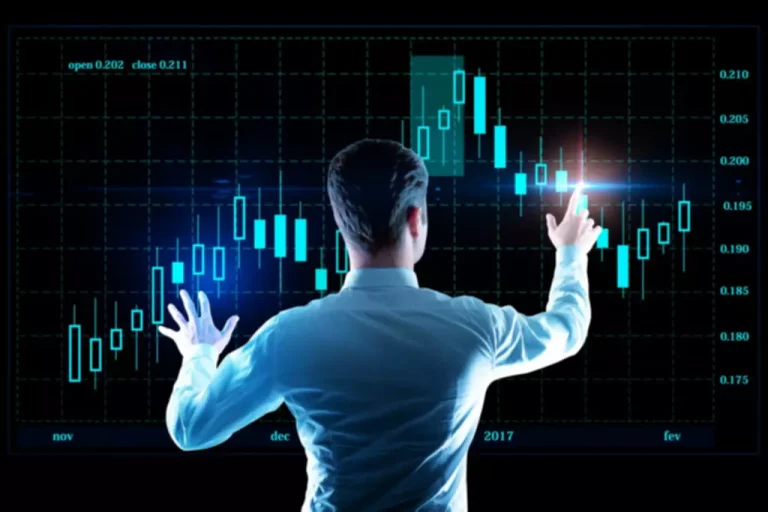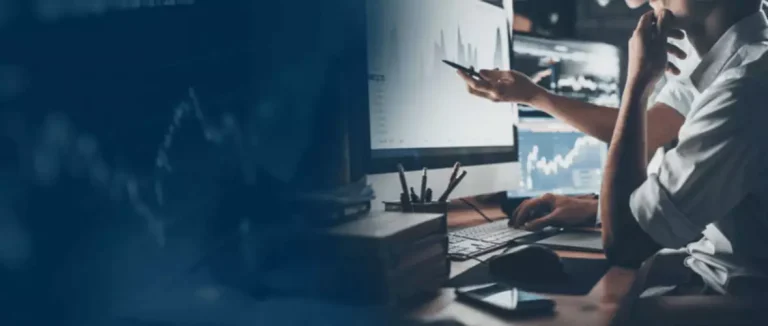Content
Some investors may be more willing to endure assets with high volatility than others. Unlike historical volatility, implied volatility comes from the price of an option itself and Yield Farming represents volatility expectations for the future. Because it is implied, traders cannot use past performance as an indicator of future performance.

Volatile stocks for day trading
Use leverage conservatively, especially when trading volatile pairs, so you can protect your capital. For example, in highly volatile markets, smaller position sizes can reduce the impact of adverse price movements on your https://www.xcritical.com/ overall portfolio. CFDs and forex (FX) are complex instruments and come with a high risk of losing money rapidly due to leverage.
Seeking volatility in traditional markets
- In a mixture, each substance contributes to the overall vapor pressure of the mixture, with more volatile compounds making a larger contribution.
- Due to the high volatility, the cryptocurrency market is characterized by a high spread level.
- More specifically, you can calculate volatility by looking at how much an asset’s price varies from its average price.
- Learn financial statement modeling, DCF, M&A, LBO, Comps and Excel shortcuts.
- These consumers are willing to risk price fluctuationsbecause of cost savings and their ability to switch to other fuels ifnecessary.
For this reason, many traders with a high-risk tolerance look to multiple measures of volatility to help inform their trade strategies. Implied volatility is a forecast indicator of the price dynamics based on historical values and potential crypto volatility trading risks. The term occurs in economic theory, but investors do not separate historical and implied volatility in practice. They analyze the dynamics of price past performance, estimate the range in the current period and make forecasts for the future. One of the possible options is to choose an asset whose price varies in the maximum possible range. For example, cryptocurrencies can rise or fall in price by 5-7% or more in one day.
The benefits of trading volatility with IG
On the other hand, a beta of less than one implies a stock that is less reactive to overall market moves. And, finally, a negative beta (which is quite rare) tells investors that a stock tends to move in the opposite direction from the S&P 500. Shares of a blue-chip company may not make very big price swings, while shares of a high-flying tech stock may do so often. That blue-chip stock is considered to have low volatility, while the tech stock has high volatility. An individual stock can also become more volatile around key events like quarterly earnings reports. Some beginning option traders think that any time youbuy or sell options, you eventually have to trade theunderlying stock.
Since price is a functionof supply and demand, it follows that volatility is a result of the underlyingsupply and demand characteristics of the market. Therefore, high levels ofvolatility reflect extraordinary characteristics of supply and/or demand. For the entire stock market, the Chicago Board Options Exchange (CBOE) Volatility Index, known as the VIX, is a measure of the expected volatility over the next 30 days. The number itself isn’t terribly important, and the actual calculation of the VIX is quite complex.

The term �price volatility� is used to describe pricefluctuations of a commodity. Volatility is measured by the day-to-daypercentage difference in the price of the commodity. The degree of variation,not the level of prices, defines a volatile market.
In general, when volatility is rising in the stock market, it can signal increased fear of a downturn. The Chicago Board Options Exchange created the VIX as a measure to gauge the 30-day expected volatility of the U.S. stock market derived from real-time quote prices of S&P 500 call and put options. It is effectively a gauge of future bets that investors and traders are making on the direction of the markets or individual securities. Trading volatile markets and price movements does not appeal to all traders. However, day traders can take advantage of low volatility by acting like a market maker — someone who provides buy and sell orders when needed to help create a liquid market. They make their money by buying lower and selling at higher prices throughout the day.
He is a CFA charterholder as well as holding FINRA Series 7, 55 & 63 licenses. He currently researches and teaches economic sociology and the social studies of finance at the Hebrew University in Jerusalem. Therefore, for example, acetone with a boiling point of 56 °C has a higher vapor pressure than water. At room temperature, acetone will enter the vapor phase to a greater extent than water.This is a feature of volatile liquids. At the molecular level, particles in liquids have a range of kinetic energies.

It provides a forward-looking aspect on possible future price fluctuations. As a first step, become familiar with the forces driving these currency price fluctuations – whether they are geopolitical turmoil, or changes in economic data or market sentiment. Take steps to protect your capital by diversifying your portfolio and managing your risk with tools like stop-loss orders. You should also be mindful to keep the use of leverage to a level you can accept. Leverage can be a tool to potentially grow your profits, but it also increases your risk. In volatile markets, high leverage can lead to significant losses if the market moves against you.
It can’t be emphasized enough, however, that implied volatility is what the marketplace expects the stock to do in theory. And as you probably know, the real world doesn’t always operate in accordance with the theoretical world. Volatility can spark different reactions in different types of investors. Buy-and-hold investors—those who invest for the long-term—tend to treat volatility like background noise. The ups and downs of markets and individual securities hum in the backseat, while the long-term investor focuses down the road on incremental growth over years, or even decades. A maximum drawdown may be quoted in dollars or as a percentage of the peak value.
For long-term investors, volatility can spell trouble, but for day traders and options traders, volatility often equals trading opportunities. The volatility of stock prices is thought to be mean-reverting, meaning that periods of high volatility often moderate and periods of low volatility pick up, fluctuating around some long-term mean. A higher volatility means that a security’s value can potentially be spread out over a larger range of values.
“An easy-to-follow guide on options that’s worth checking out if you want to be 100% clear you know what you’re risking and stand to gain by playing options.” By extension, that also means there’s only a 32% chance the stock will be outside this range. 16% of the time it should be above $60, and 16% of the time it should be below $40. It is a way to calculate interest earned on an investment that includes the effects of compound interest. Liquidity has several slightly different but interrelated meanings. For the purposes of crypto, liquidity most often refers to financial liquidity and market liquidity.
But implied volatility is typically of more interest to retail option traders than historical volatility because it’s forward-looking. A stock that maintains a relatively stable price has low volatility. A highly volatile stock is inherently riskier, but that risk cuts both ways. When investing in a volatile security, the chance for success is increased as much as the risk of failure.
